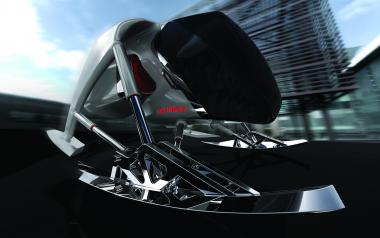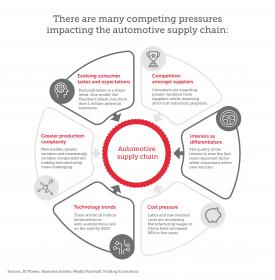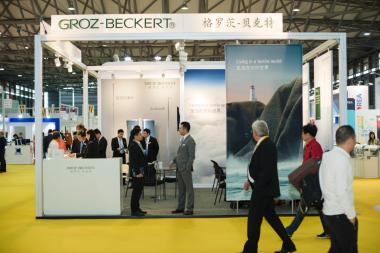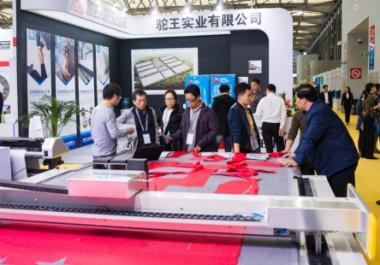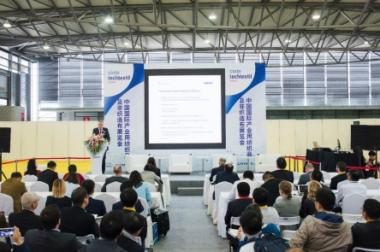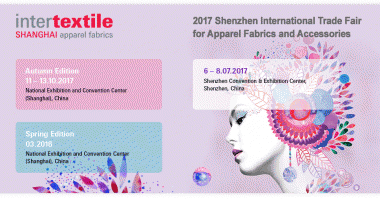Rieter Investor Update 2019
- Order intake of CHF 524.5 million after nine months
- Order intake for a major project from Egypt booked in October 2019
- Market situation remains challenging
- Real estate sale in Ingolstadt successfully completed
- Outlook 2019
The cumulative order intake recorded by Rieter Group in the first nine months of 2019 of CHF 524.5 million (2018: CHF 749.8 million) was down by 30% compared to the prior-year period. In the third quarter of 2019, order intake was CHF 146.2 million (Q3 2018: CHF 238.0 million).
Order Intake for a Major Project from Egypt Booked
On October 7, 2019, Rieter booked the order intake for the first six projects with Cotton & Textile Industries Holding Company, Cairo (Egypt) of around CHF 165 million. This amount is thus not included in the figures for the third quarter of 2019 and will positively affect the fourth quarter. The sales are anticipated to be realized in the 2020/2021 financial years. The order includes deliveries of compact and ring spinning systems and it is part of a comprehensive modernization program for the Egyptian textile industry.
Market Situation Remains Challenging
The demand for new machinery remained at a low level in the third quarter of 2019. The primary reasons are existing overcapacity in the spinning mills, the trade conflict between the USA and China, as well as political and economic uncertainties in other regions of importance to Rieter. Rieter's market share continues to be at the level of around 30%.
Real Estate Sale in Ingolstadt Successfully Completed
Rieter completed the real estate sale in Ingolstadt (Germany) to GERCHGROUP of Düsseldorf (Germany) on September 13, 2019. Rieter expects a non-recurring profit contribution from this transaction on a net profit level of around EUR 60 million.
Outlook 2019
Rieter estimates significantly lower sales for the year 2019 as a whole compared to 2018, and expects a significant drop in the result from the ongoing business. EBIT and net profit are anticipated to be significantly above the levels of the previous year due to the non-recurring profit contribution from the sale of real estate in Ingolstadt (Germany). The cost-cutting measures introduced have been implemented to a great extent.
Rieter Holding Ltd.
Rieter Holding Ltd.





